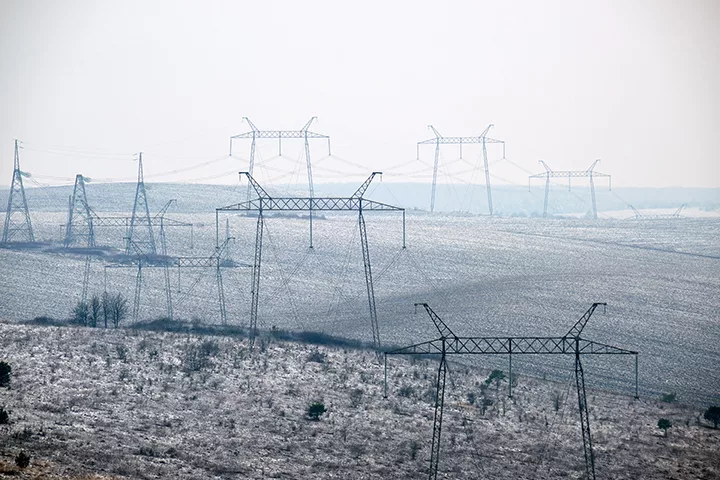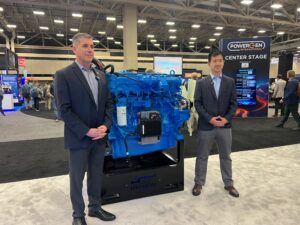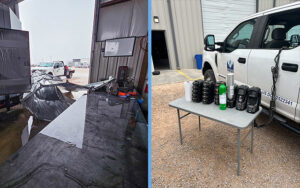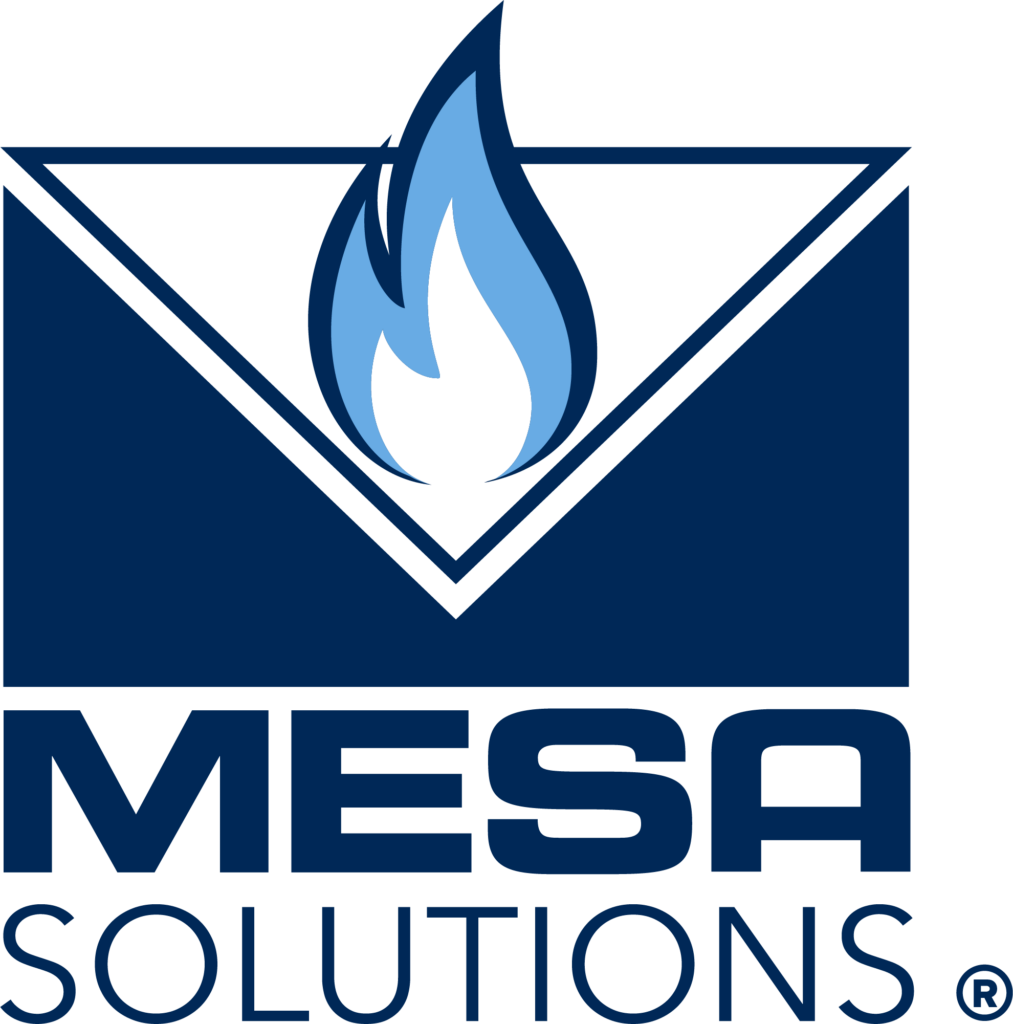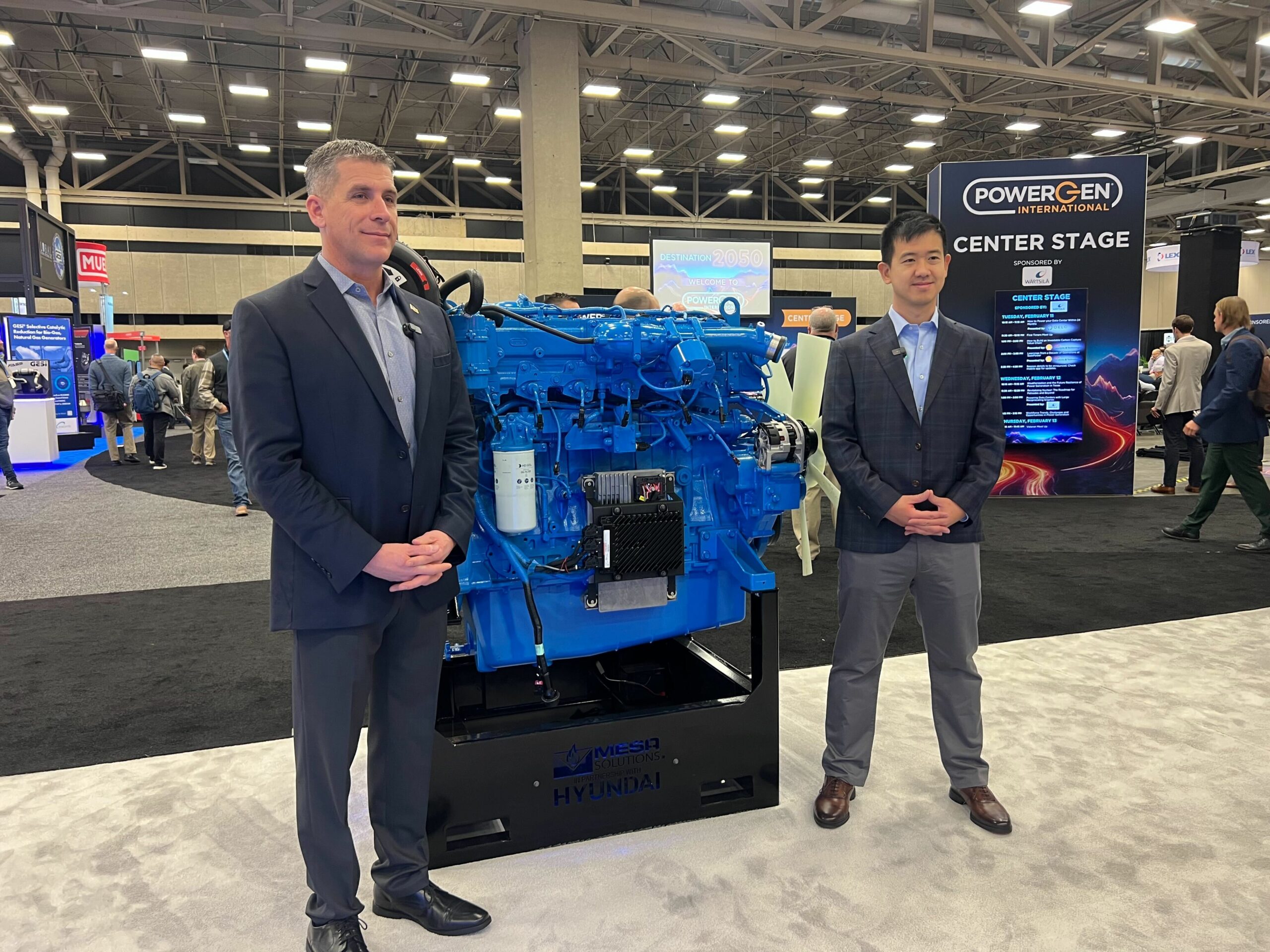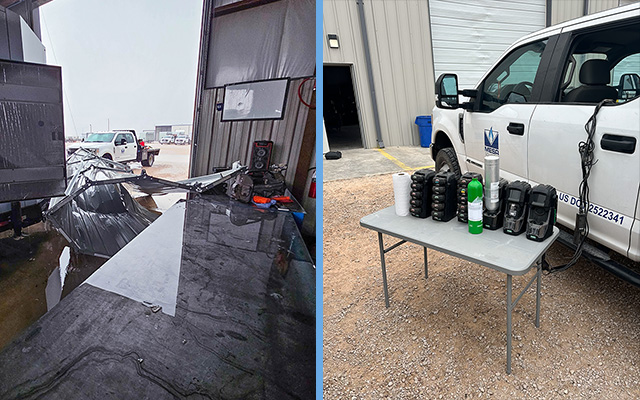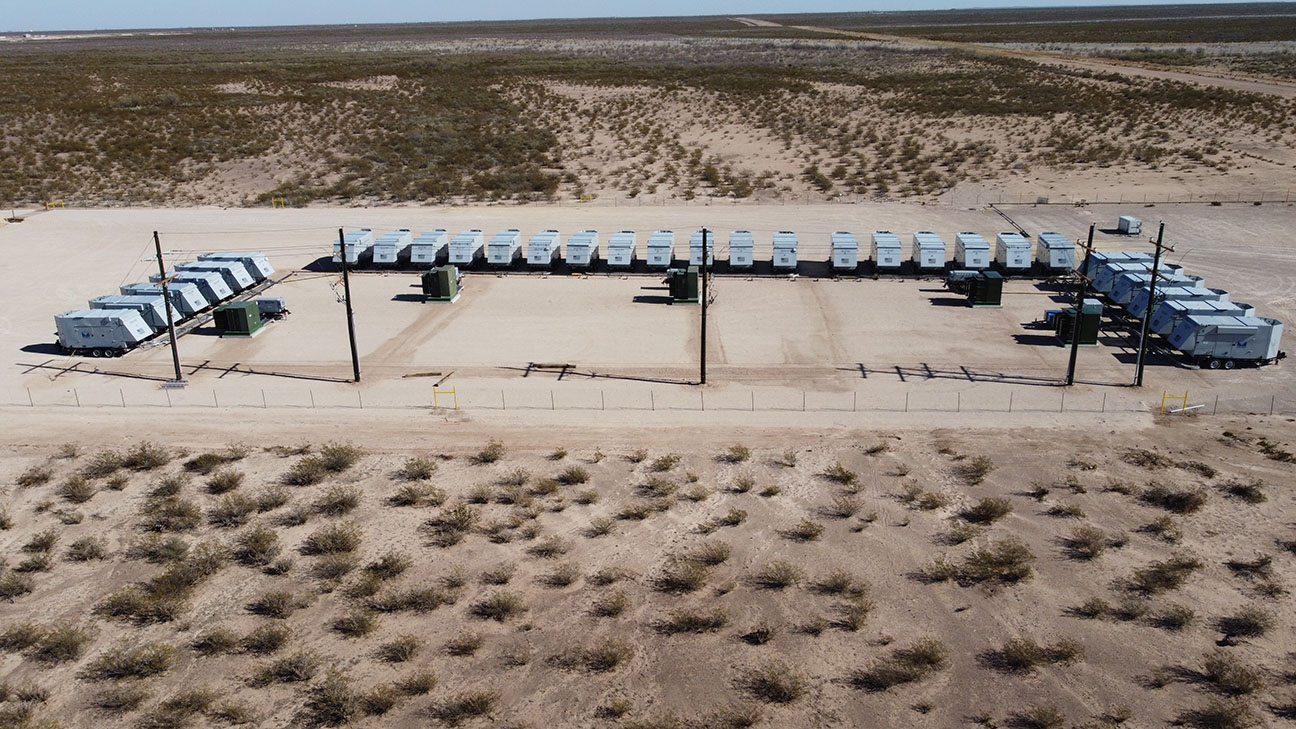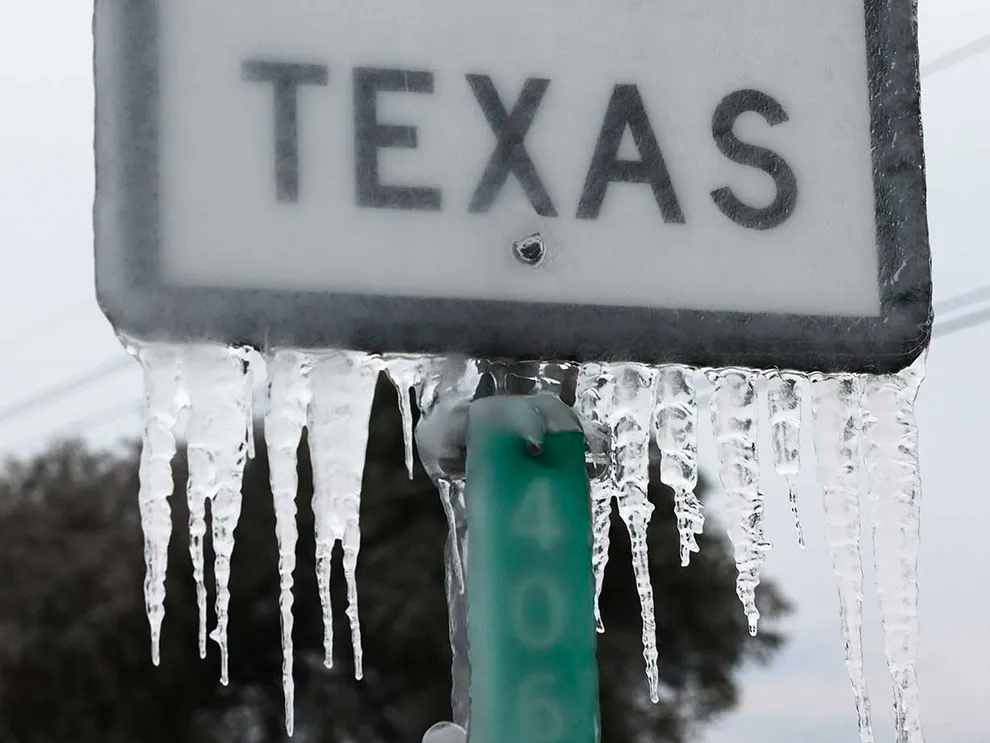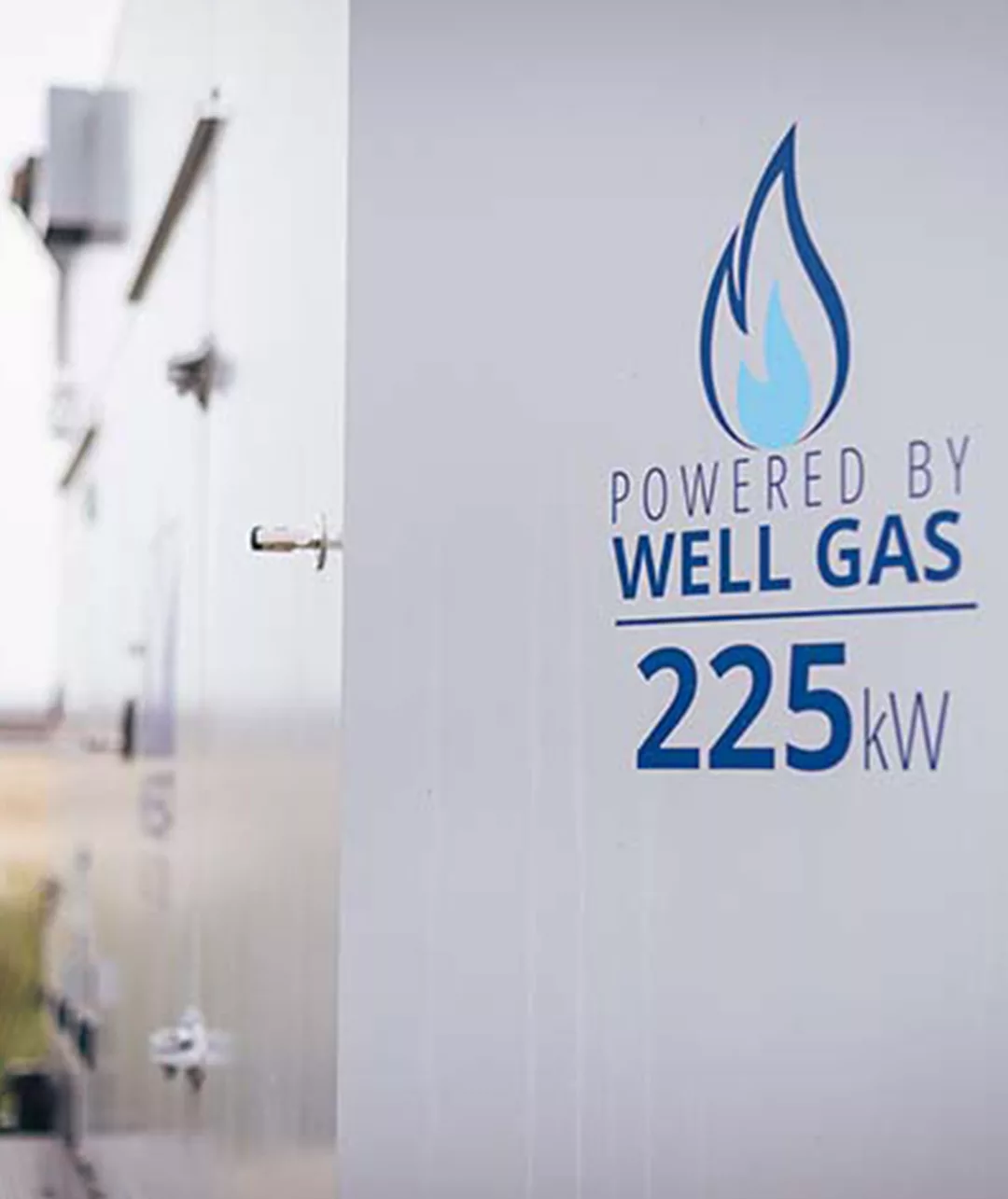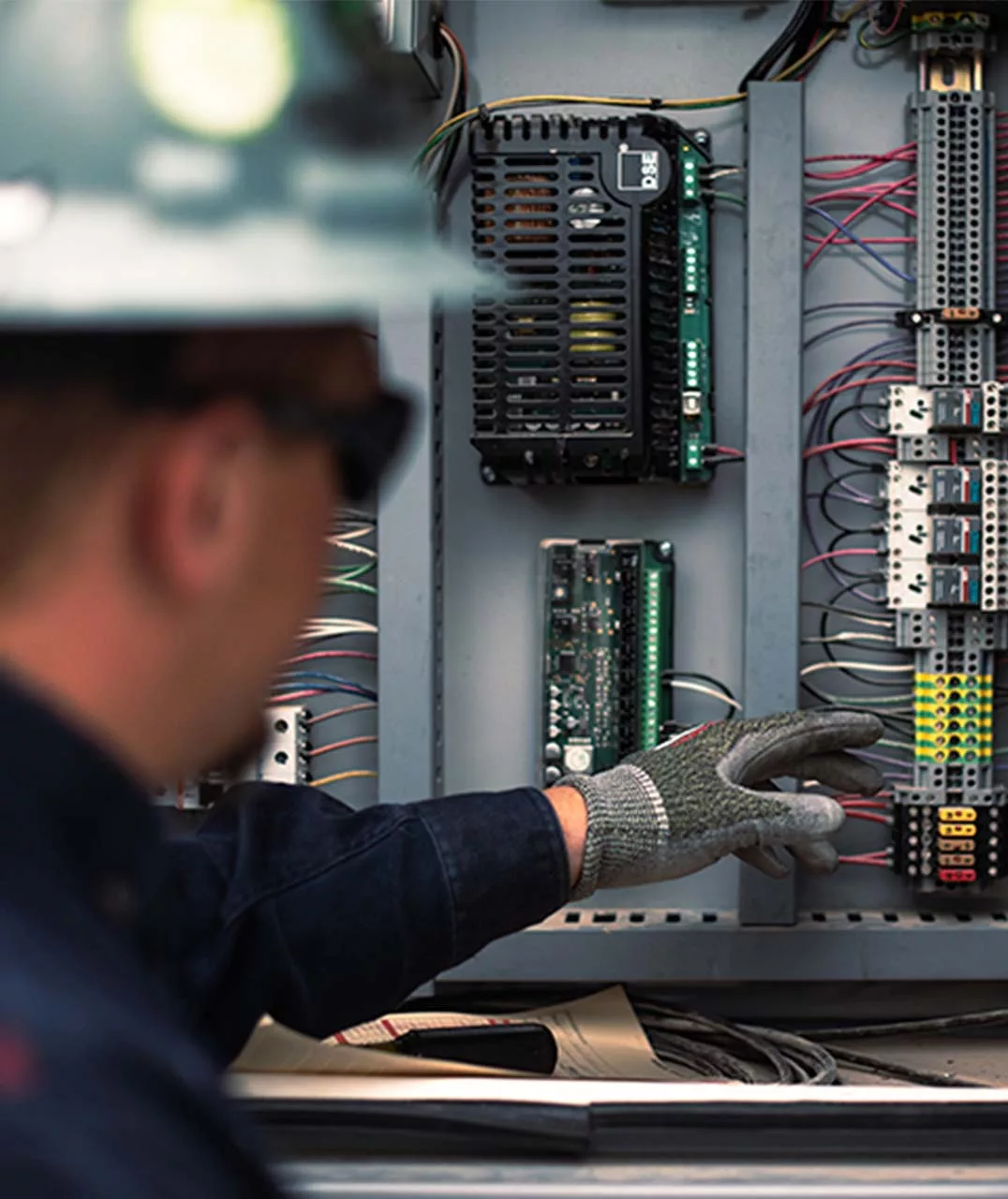Microgrids can be powered by a variety of fuel sources. The challenge lies in selecting a fuel that can supply the project with clean, cost-effective, and reliable power. To address this challenge, it is essential to understand the type, quantity, regulations, and requirements of the available fuels. Once this information is gathered, the potential for power generation can be determined and project feasibility can be assessed.
Selecting Microgrid Fuels
Depending on the project location, a wide variety of fuels can be available. Examples of such fuels include natural gas, LNG, CNG, wellhead gas, propane, and LPG blends, all of which can be used in a sustainable way to power microgrids. Each of these fuels has unique characteristics that can impact the overall project outcome. Differences in combustion behavior affect the total power output and system efficiency. Some fuels require cleaning or filtering to maintain proper operation. Fuel can be supplied by pipelines, virtual pipelines, or stored locally in tanks. Some project locations may have extreme weather conditions which can also influence fuel performance. These factors help determine which fuel aligns best with the project’s scope.
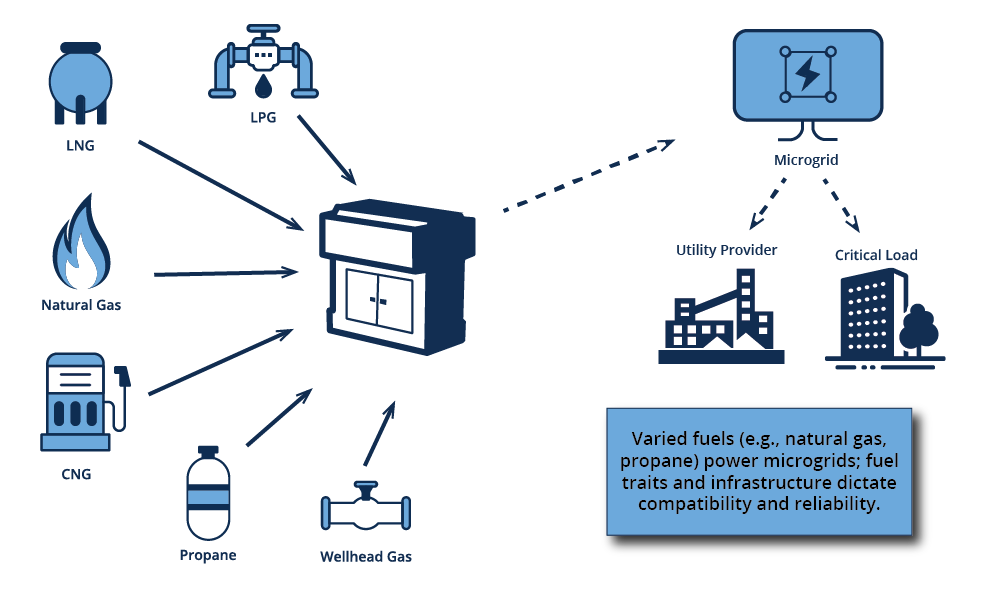
Understanding Microgrid Fuel Capacity
All these characteristics determine the fuel requirement to meet the project’s power demands. Once the necessary fuel quantity is determined, an evaluation of the local infrastructure will be required to ensure it will support the project’s fuel needs. Fuel delivery, quality, and cost are all taken into consideration, and each poses its own challenges to align with project goals.
Project Requirements
If your project assets are critical, you may require an additional fuel source for security. One of the advantages of Mesa Solutions’ generators is their ability to run on either natural gas or propane and switch between the two without dropping the load. This allows a microgrid to have two different sources of fuel in case of an emergency or system failure.
Regulations
One set of regulations that is crucial to understand relates to the local emission requirements. In certain regions, these regulations can significantly impact the feasibility of the entire project due to their restrictive nature. If emissions requirements are very restrictive, clean-burning fuels, like natural gas or propane with the best catalyst technology may be the only option. This can come with complex permitting and extensive emission testing requirements.
The Solution
There are many factors to consider when piecing together a fuel plan for a microgrid. The simple keys to get started are:
- Know your options.
- Understand the regulations and limitations.
- Establish clear project requirements.
As straightforward as it may seem, behind each fuel option is a long list of variables that must be considered when finalizing a plan. Find a partner, like Mesa Solutions, that has a dedicated team ready to handle these variables to help our customers work through them when incorporating fuel-driven power generation into their microgrids. We believe being a power solutions company is more than just supplying the equipment, but also helping our customers integrate responsible and reliable power solutions into their microgrid projects.
ABOUT THE AUTHOR

Jarek Jensen is the Solutions Engineering Team Lead at Mesa Solutions. His role is to guide our solutions and field support engineering groups to help provide our customers with responsible, reliable power, and to improve the reliability of power generation across our rental fleet. Jarek has over 6 years of experience in design and engineering including mechanical project design, manufacturing, and electrical power. Jarek graduated from Montana State University with a Bachelor of Science in Mechanical Engineering.
